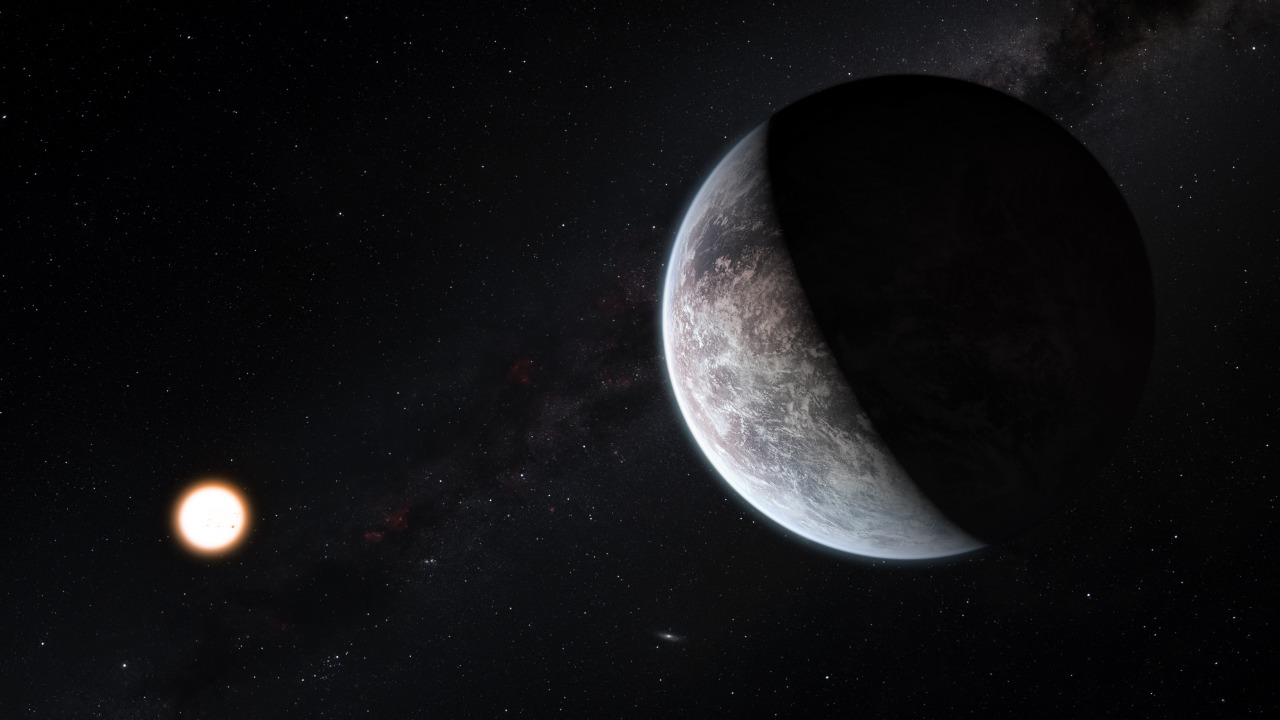
A recent discovery has sent ripples through the scientific community, with astronomers using the Hubble Space Telescope to detect water vapor in the atmosphere of an exoplanet. This finding, centered around the distant super-Earth K2-18b, opens up exciting new possibilities for life beyond our own planet and provides valuable insight into the conditions of exoplanets.
The Detection of Water Vapor
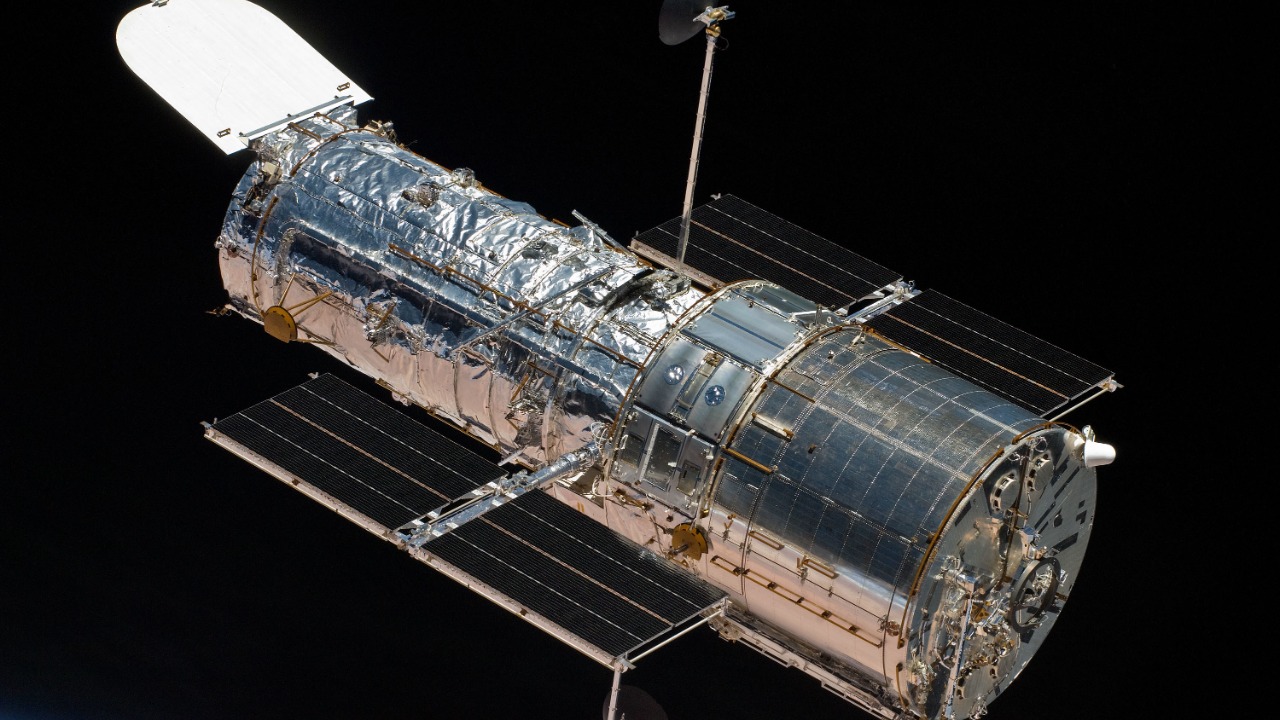
The Hubble Space Telescope played a pivotal role in this groundbreaking discovery. Utilizing a scientific technique known as spectroscopy, the telescope was able to detect the presence of water vapor in the atmosphere of the exoplanet K2-18b. Spectroscopy works by analyzing the light spectrum of a celestial body, allowing scientists to identify the various chemical elements present.
Located around 110 light-years away in the constellation Leo, K2-18b is a super-Earth exoplanet that was first discovered in 2015. It orbits a red dwarf star, and its mass and radius are larger than Earth’s but smaller than those of the ice giants in our solar system, such as Neptune and Uranus.
Understanding Super-Earths
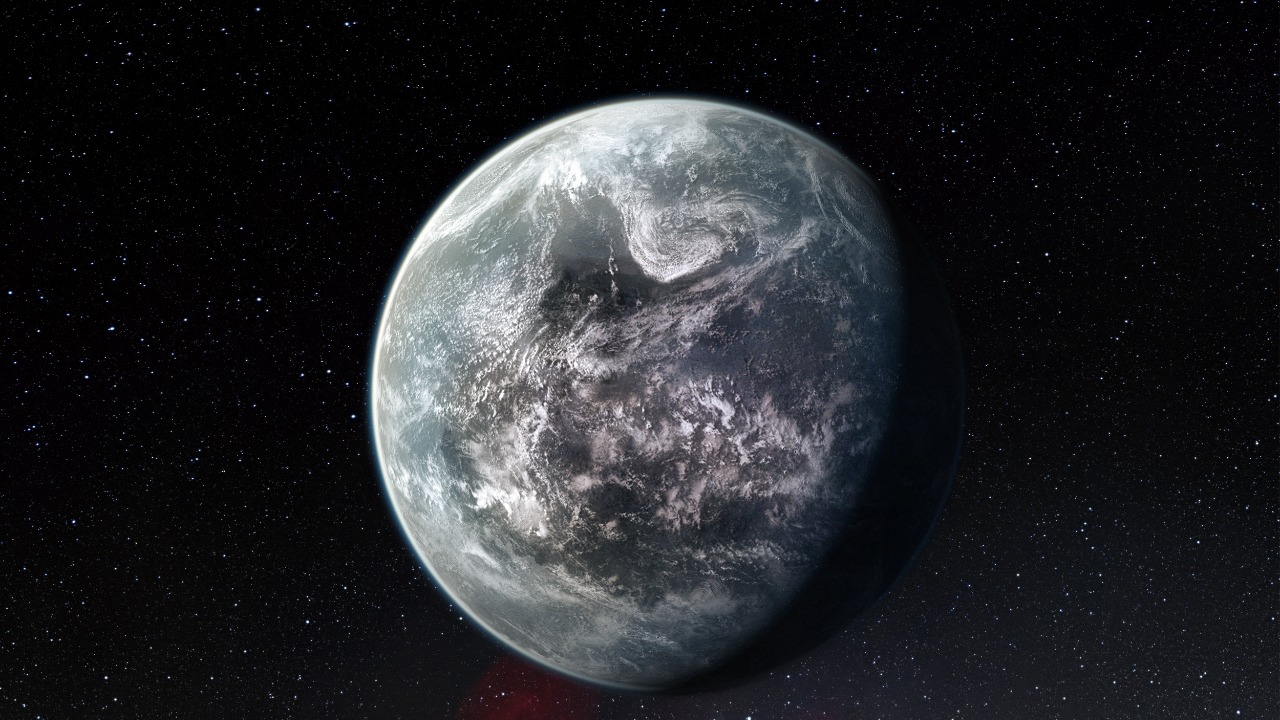
Super-Earths are a type of exoplanet that have a mass greater than Earth’s but less than that of larger planets in our solar system. They are of significant interest to astronomers because their size and composition could potentially support conditions similar to those on Earth. The discovery of water vapor in the atmosphere of K2-18b, a super-Earth, is therefore of immense importance as it implies the possibility of conditions suitable for life as we know it.
There have been several other super-Earths discovered, such as GJ 1214b and HD 85512b. However, the detection of water vapor specifically on K2-18b provides a promising lead in the ongoing search for potentially habitable exoplanets.
The Habitable Zone and Its Importance
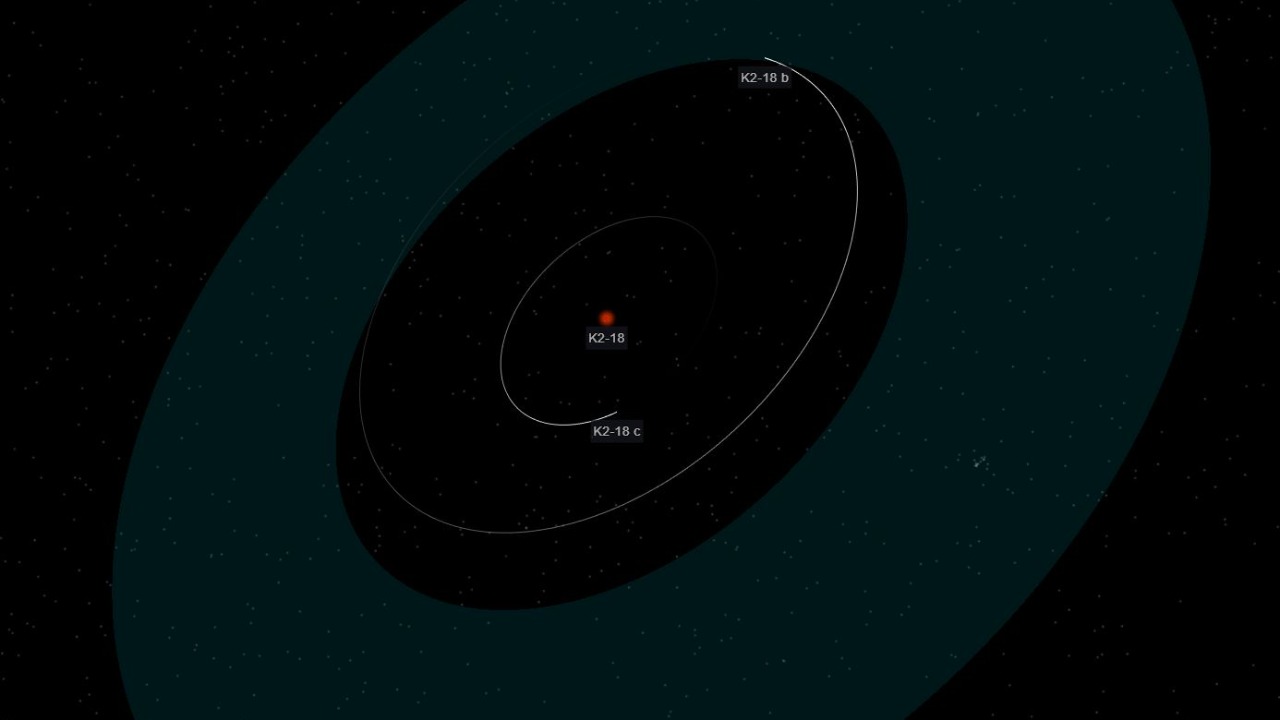
The concept of the habitable zone is crucial when considering the potential for life on exoplanets. This refers to the region around a star where conditions might be just right to support liquid water on the surface of a planet. K2-18b is located within its star’s habitable zone, which increases the odds of finding conditions suitable for life.
This discovery emphasizes the significance of the habitable zone in the search for extraterrestrial life. It is within these regions that scientists focus their research and exploration efforts, hoping to find evidence of life beyond our planet.
Implications for Astrobiology
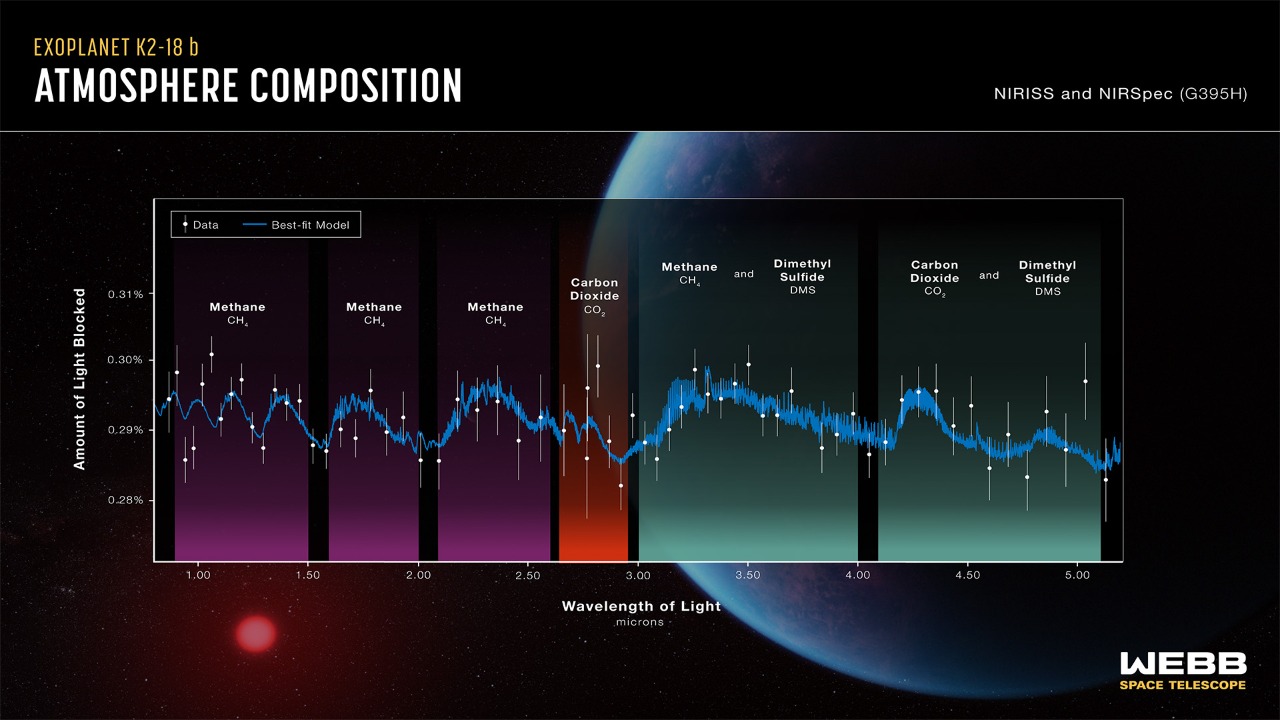
This recent discovery has significant implications for the field of astrobiology. The presence of water vapor on a super-Earth like K2-18b brings us one step closer to potentially finding life on other planets. As we know, water is a key requirement for life as we understand it, hence, the discovery of water-rich exoplanets opens up exciting possibilities for the existence of life elsewhere in the universe.
Research in astrobiology will undoubtedly continue to focus on such water-rich super-Earths. The International Journal of Astrobiology highlights the need to develop optimal measures for characterizing these exoplanets and understanding their potential for harboring life.
Future Exploration and Research

Upcoming space missions will play a crucial role in expanding our understanding of exoplanets like K2-18b. With advancements in technology, we can expect more sophisticated instruments capable of providing deeper insights into the atmospheres of distant exoplanets.
However, studying distant exoplanets is not without its challenges. The technical limitations of detecting and analyzing faint signals from such great distances often make it difficult to gather precise data. Despite these challenges, the study of exoplanets offers boundless opportunities for discovery and deepens our understanding of the universe.
With each new discovery, we edge closer to answering one of humanity’s oldest questions: Are we alone in the universe? The detection of water vapor on K2-18b is a significant step forward in this quest, and it’s exciting to ponder what other discoveries await us in the depths of space.